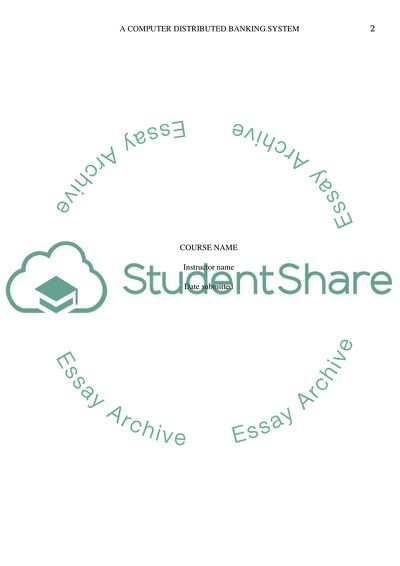Cite this document
(“A Computer Distributed Banking System Term Paper”, n.d.)
Retrieved from https://studentshare.org/information-technology/1584801-a-computer-distributed-banking-system
Retrieved from https://studentshare.org/information-technology/1584801-a-computer-distributed-banking-system
(A Computer Distributed Banking System Term Paper)
https://studentshare.org/information-technology/1584801-a-computer-distributed-banking-system.
https://studentshare.org/information-technology/1584801-a-computer-distributed-banking-system.
“A Computer Distributed Banking System Term Paper”, n.d. https://studentshare.org/information-technology/1584801-a-computer-distributed-banking-system.


